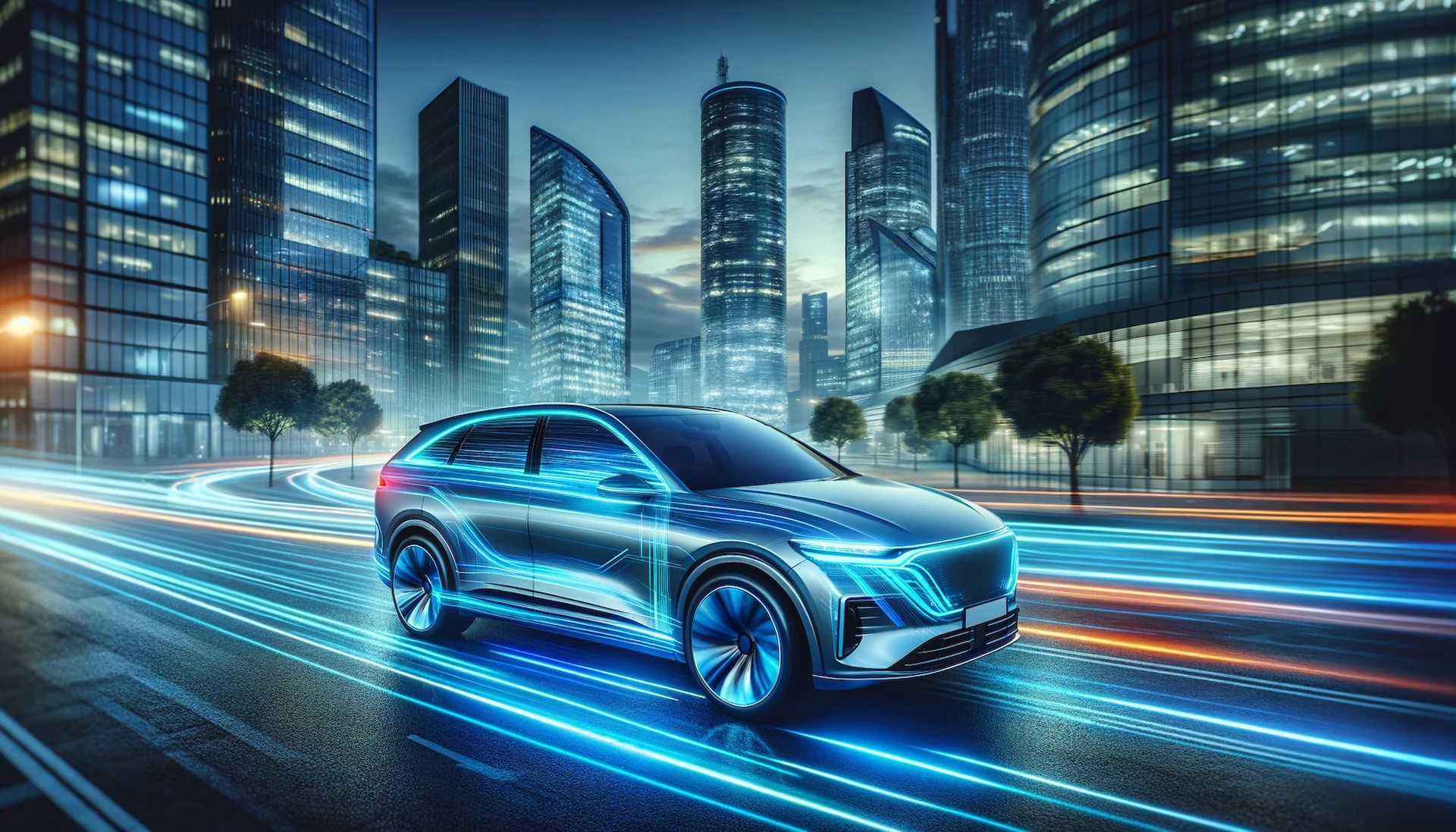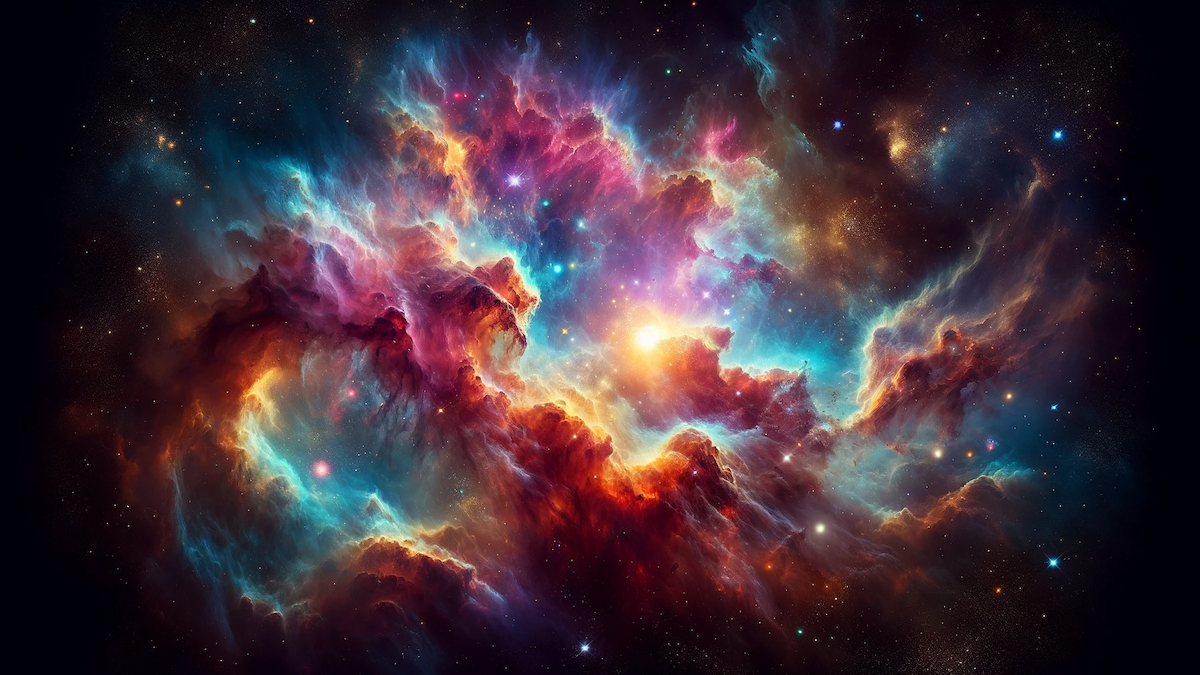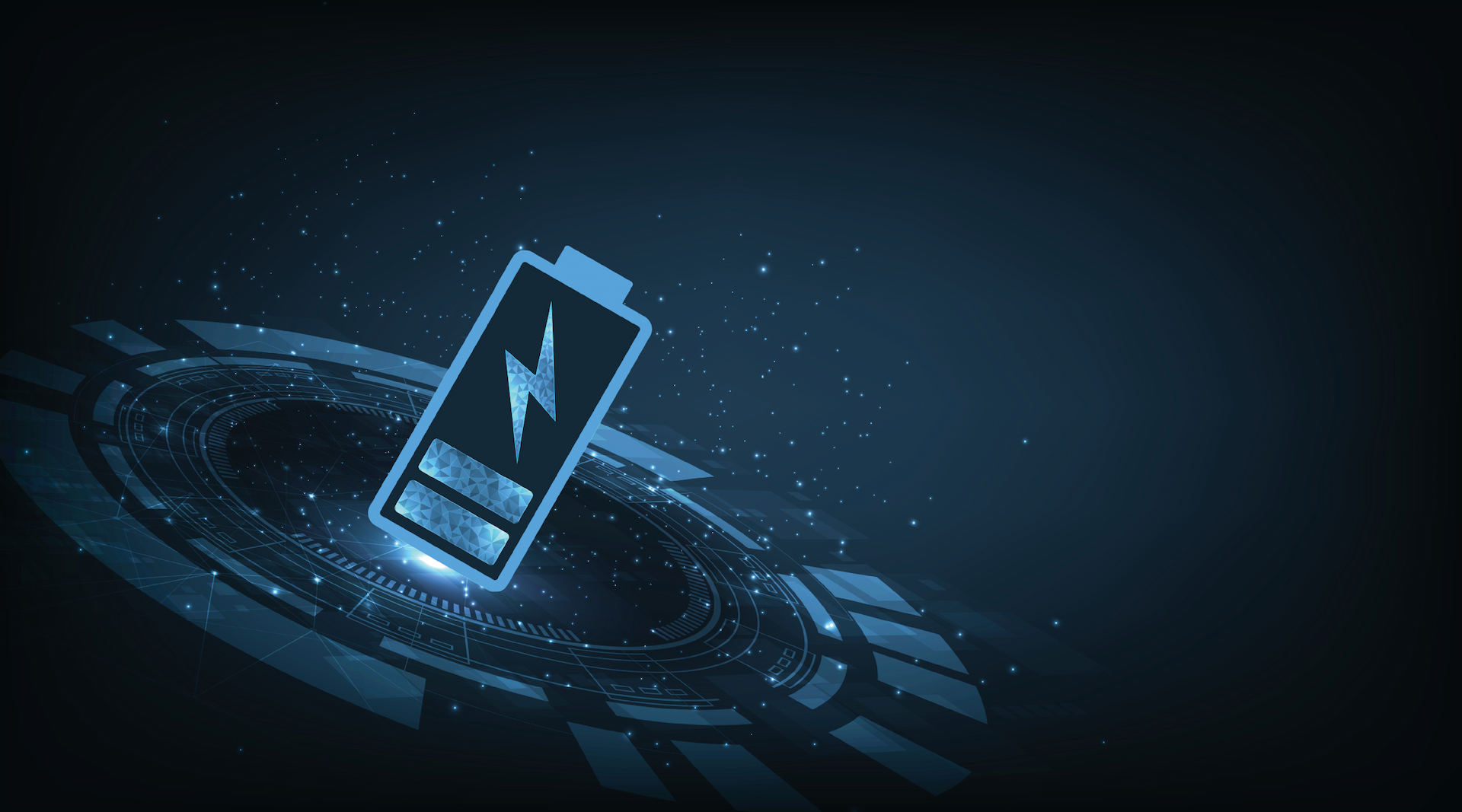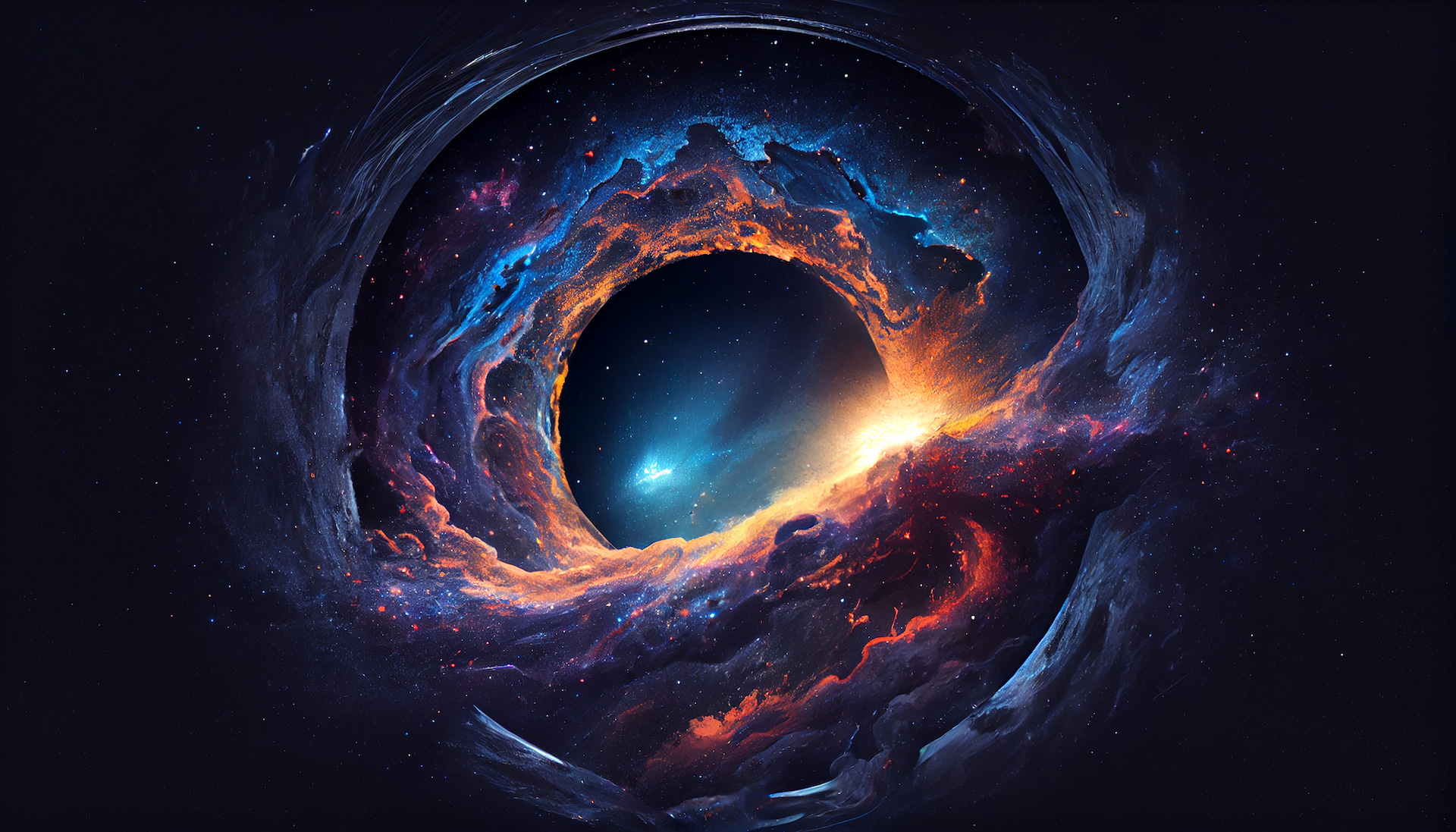The automotive industry is currently facing a critical decision as it navigates the future path toward sustainable mobility. Amidst the increasing importance of environmental regulations and the urgent demand for reducing carbon emissions, electric vehicles (EVs) are emerging as the leaders of the movement towards a more sustainable future.











